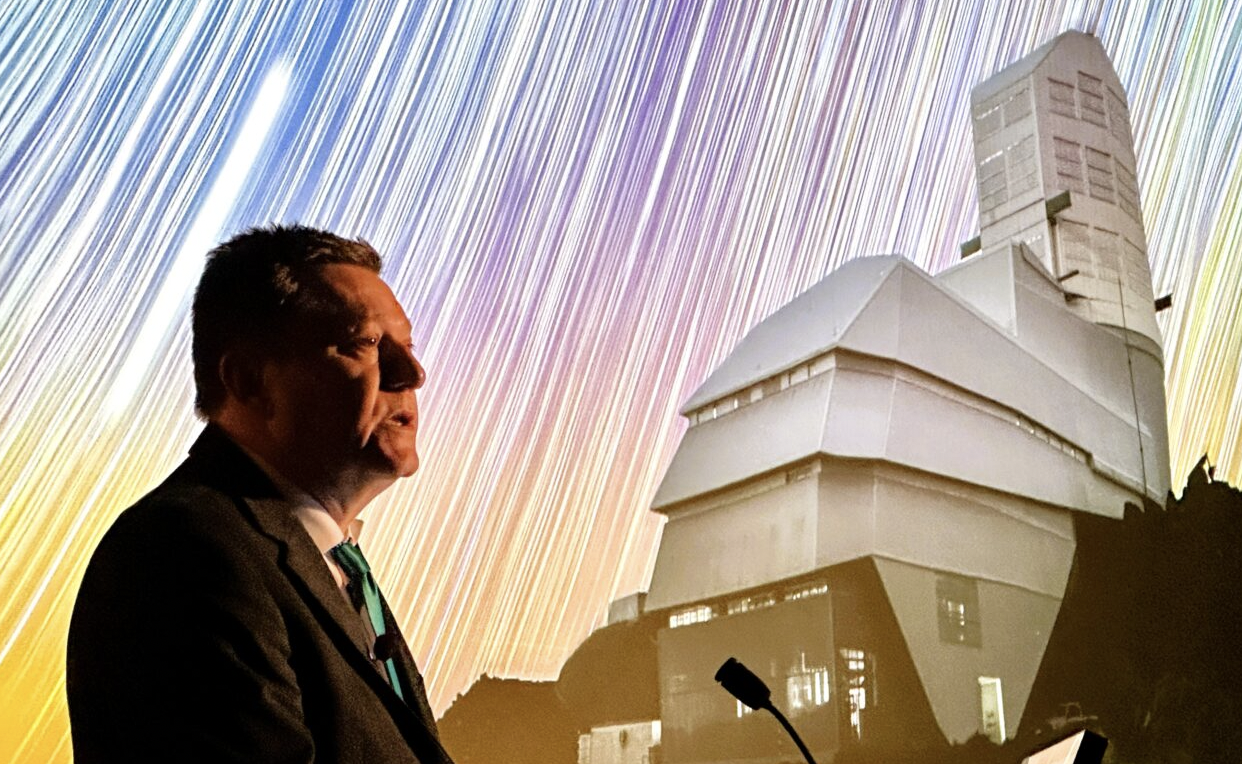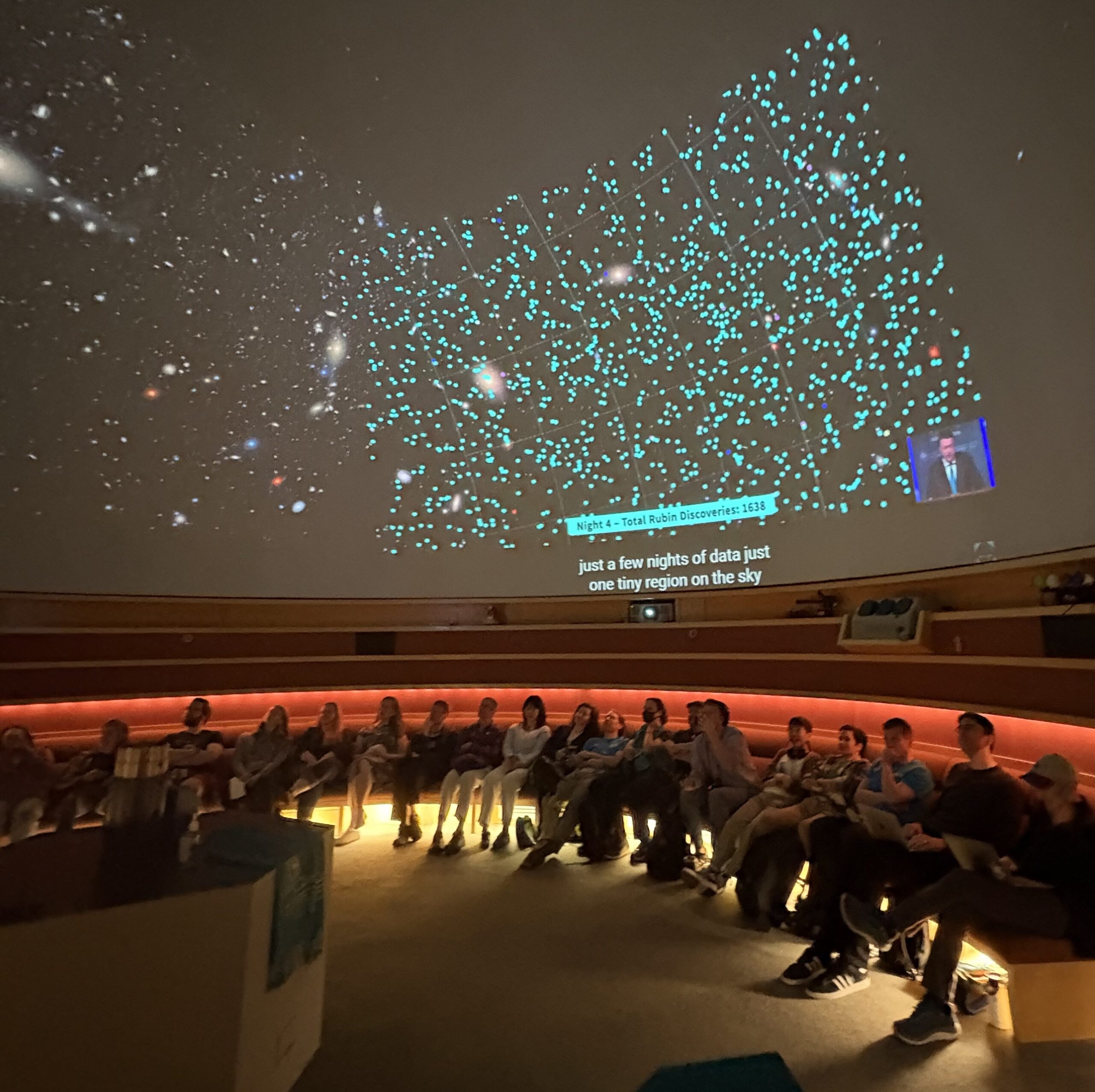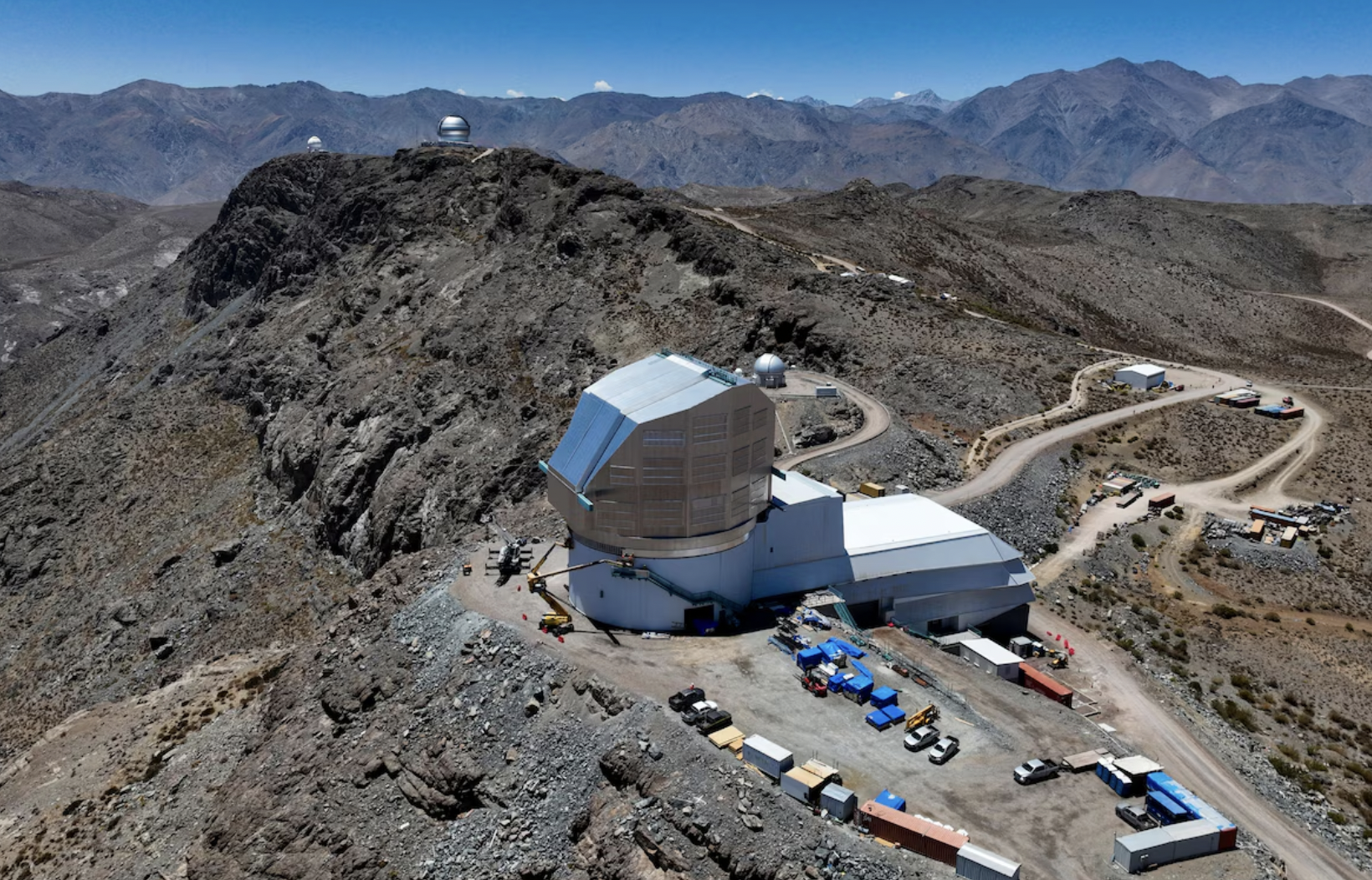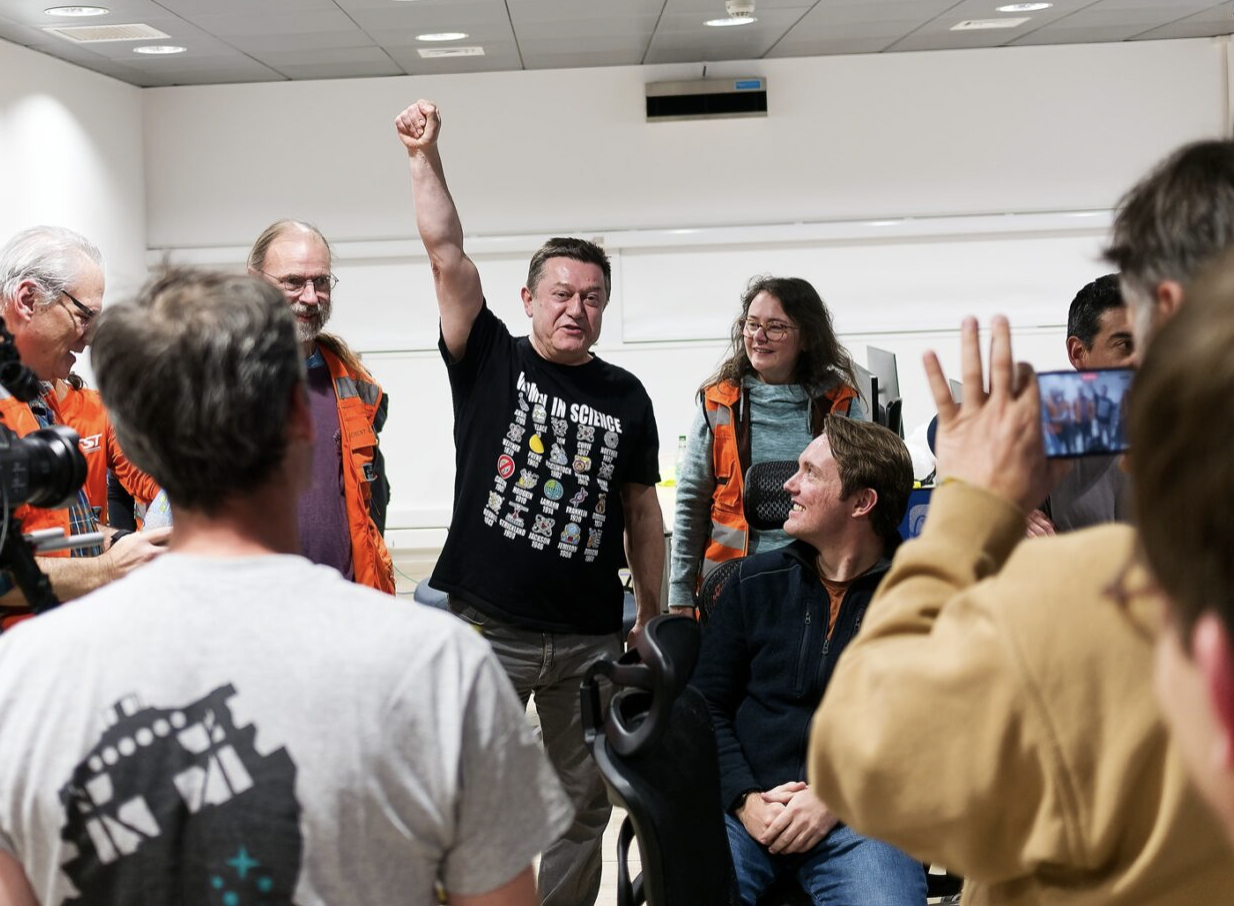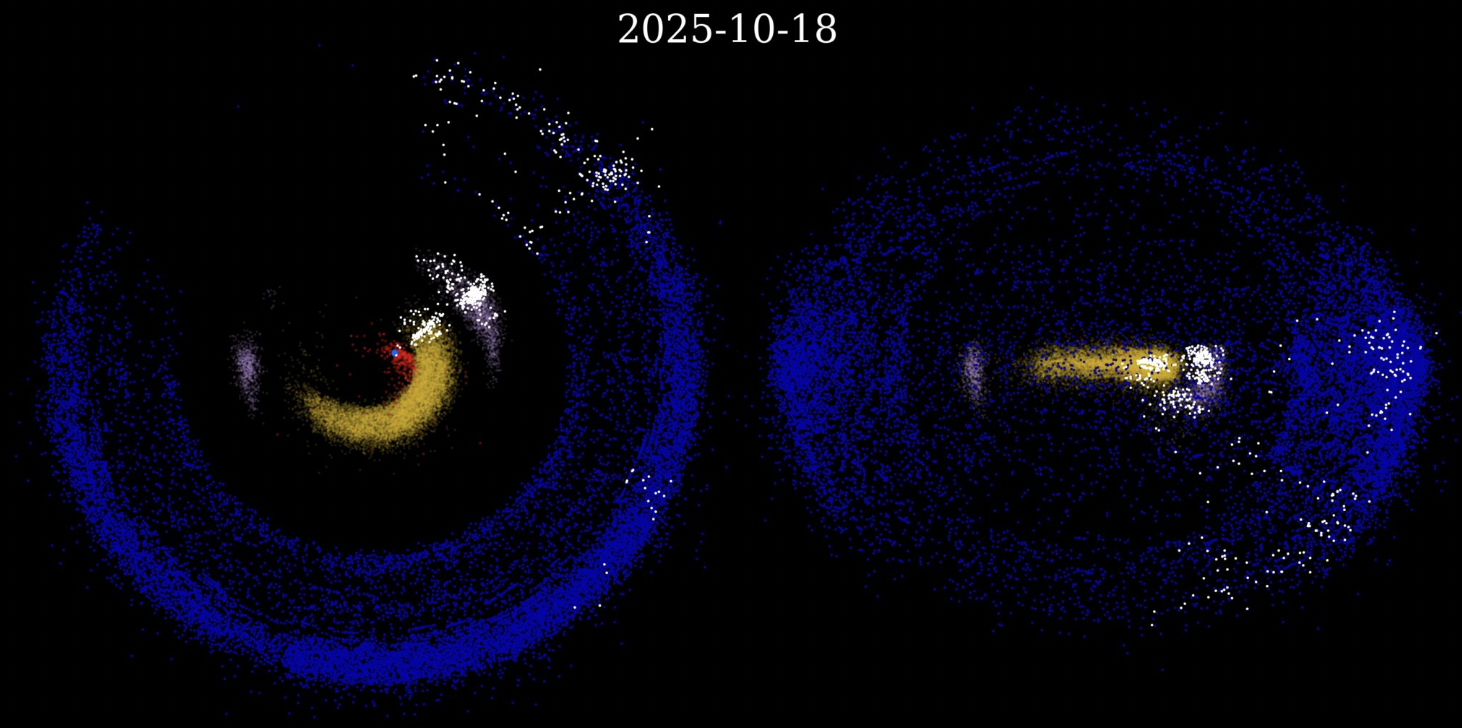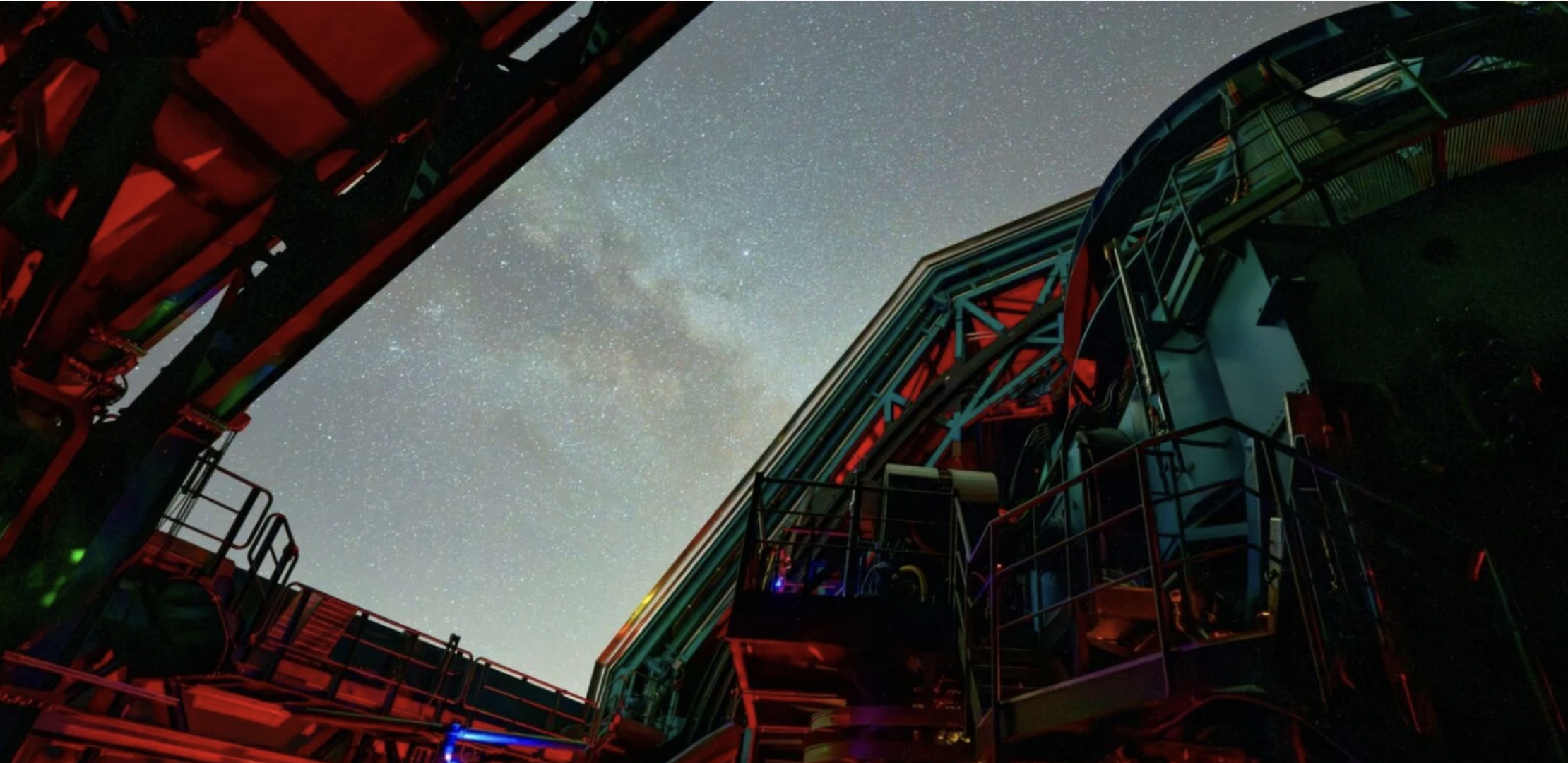It’s been more than two decades since the University of Washington helped kick off the effort to get the Vera C. Rubin Observatory built in Chile — and now that it’s finished, UW astronomers are gearing up to get in on the first decade of discoveries. The university’s role in the past, present and future of the […]
Read More »University of Washington celebrates Rubin Observatory’s debut — and looks ahead
June 27, 2025 | GEEKWIRE | by Alan Boyle
